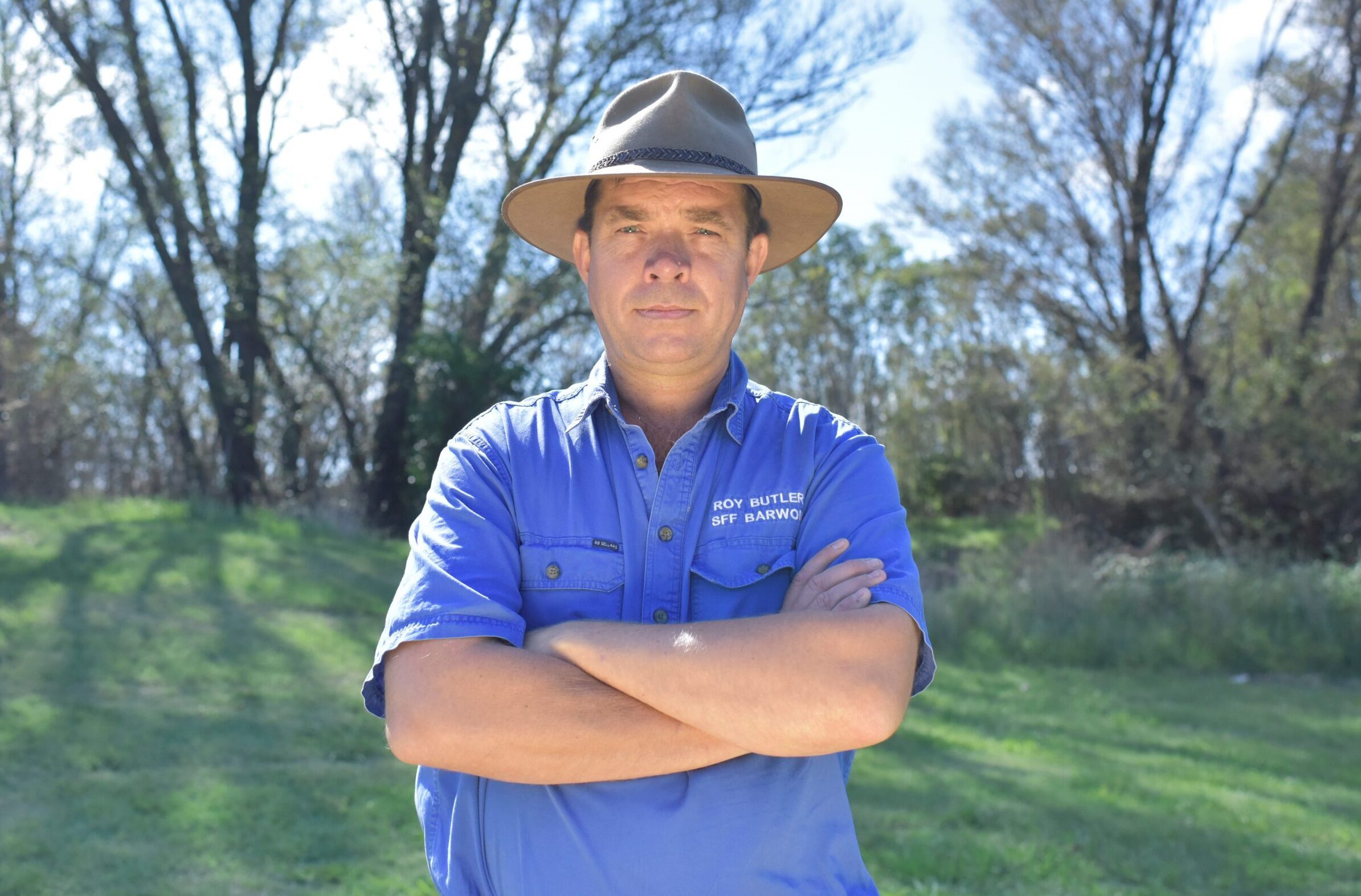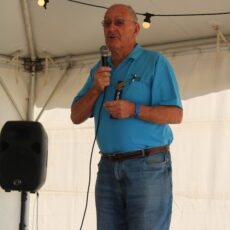I have been getting out into the electorate and have heard some of the main concerns out there in regional communities, the biggest of which is health.
I recently visited Brewarrina, Bourke, Wanaaring, Tibooburra, Milparinka, Packsaddle, Broken Hill and Emmdale to see what’s going on and to hear what issues confront some of our most remote communities.
I will be on the road again in the coming week, visiting some areas outside the electorate to discuss things that have implications for our part of NSW as well as visiting other communities within Barwon.
As always, I urge you to come and say hello and talk to me about what is going on in your community.
Worker shortages in regional NSW
One issue that continues to pop up is the lack of people to fill jobs in remote areas.
The problem is particularly bad when it comes to filling medical posts, once a town loses a doctor or a nurse it can be almost impossible to fill the position.
There are also shortages of people to work in agriculture, retail, small businesses and hospitality.
At many general stores, petrol stations, roadhouses and outback bars backpackers often fill the void, but there have been relatively few of those since the start of the pandemic.
It is possible that might soon turn around with the world finally opening up again and with more people moving to regional NSW. But that may take some time.
Another possibility is to fill some of these positions with schemes like a Designated Area Migration Agreement (DAMA), an employee-sponsored visa program giving more access to migrant workers.
The DAMA is a formal agreement between the government and a specific regional, state or territory authority allowing recruitment of migrant workers to fill jobs that can’t be filled by Australians, giving migrants a way to become permanent residents and thereby helping to boost population in the regions.
Recently the Orana region strengthened its DAMA agreement, expanding the list of jobs to include some that are in particular demand in the region, such as waiters and GPs.
It is a model that could work even further west, in remote communities, where the shortage of workers is even more acute.
Announcement of a new regional health division
It is a common problem across regional NSW that towns are unable to fill medical vacancies.
The recent NSW parliamentary inquiry into regional health services highlighted the many problems with regional health, and I will be doing all I can to make sure the recommendations in its final report (to be released soon) are implemented.
But earlier this year, I also gave my support to the campaign by Wagga MP Dr Joe McGirr calling for the establishment of a regional health department.
His campaign now seems to have yielded results with the government’s announcement of a new division of regional health under the Regional Health Minister Bronnie Taylor.
However, we need to see some of the details of how this division will be structured, what its powers will be and what it will be able to do.
Meanwhile I have also been having discussions with NSW government ministers about solving problems with understaffed regional hospitals and medical centres as well as continuing to push for the promised review of the Isolated Patients Travel and Accommodation Assistance Scheme, which Minister Taylor has said will be one of her priorities with her new division.
Some of the problems with medical services will require a multi-pronged solution that takes into account housing, education, childcare, law and order and other factors that will make it possible to attract and keep medical staff in country towns.
But better health outcomes are achievable as long as we keep applying the pressure on the government.
Councils
It is a recurrent problem that rules designed for big metropolitan councils are often a poor fit for councils in country areas.
Earlier this month I met with members of Brewarrina Council who talked about two examples of just this problem.
One was that changes to the Companion Animals Act have put the onus on councils to take injured animals picked up by council to be taken to a vet, in person, for examination before they can be destroyed.
In some remote towns the nearest vet might be hours away, either too far for it to be practical to do this every time, and also the long travel time can be needlessly cruel for an animal that is suffering.
There are also problems with the rule that animals must be rehomed and those that can’t also need to be taken to see a vet before they can be destroyed.
Another problem for regional councils is the need to have a building inspector on staff at council to issue building certifications.
Some regional councils might only have one or two development applications a month, often something as simple as a pergola or concrete slab, which doesn’t justify having a full-time person on staff.
Brewarrina did have a person who worked part-time coming from Berry, but he had too much for insurance and had to spend too much time on professional development, more than it was worth for his part-time job.
There are solutions, like going to the Victorian system of private certifiers, or expanding the scope of what engineers are allowed to certify, or setting a minimum level of the projects that people can certify, allowing people to multi-skill.
I will take some of these ideas through parliament when it resumes in May.
But these are examples of how laws made in the city at times fail to take into account the peculiarities of regional areas.
To order photos from this page click here







